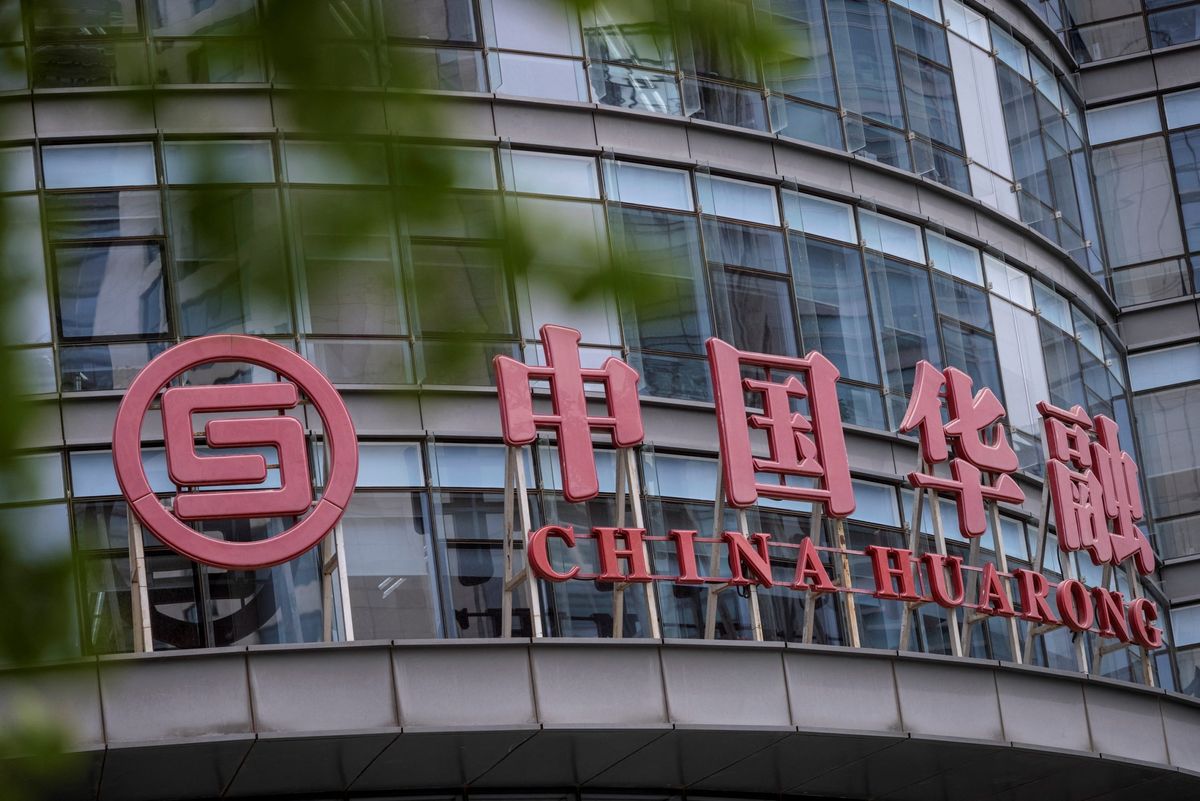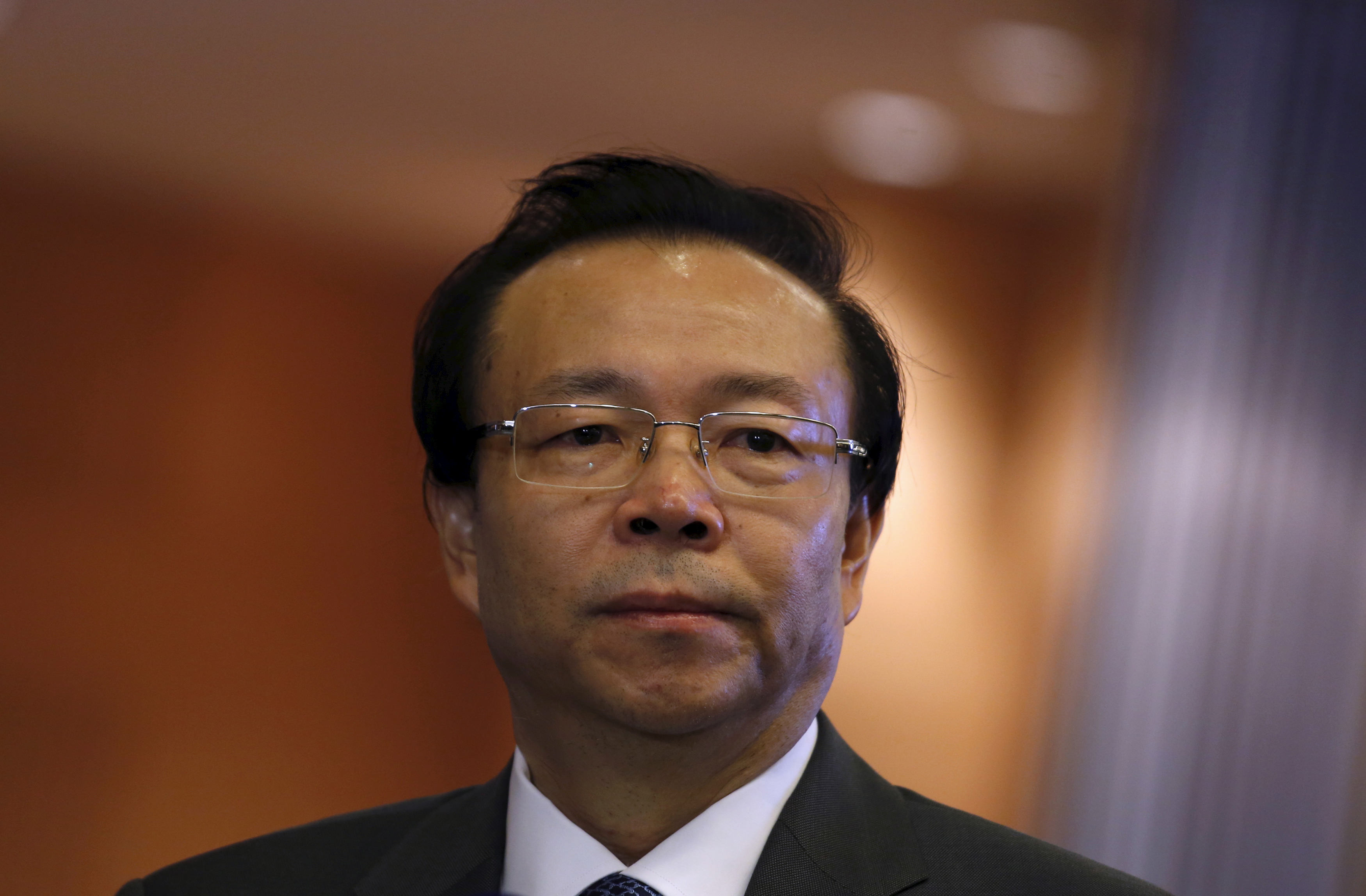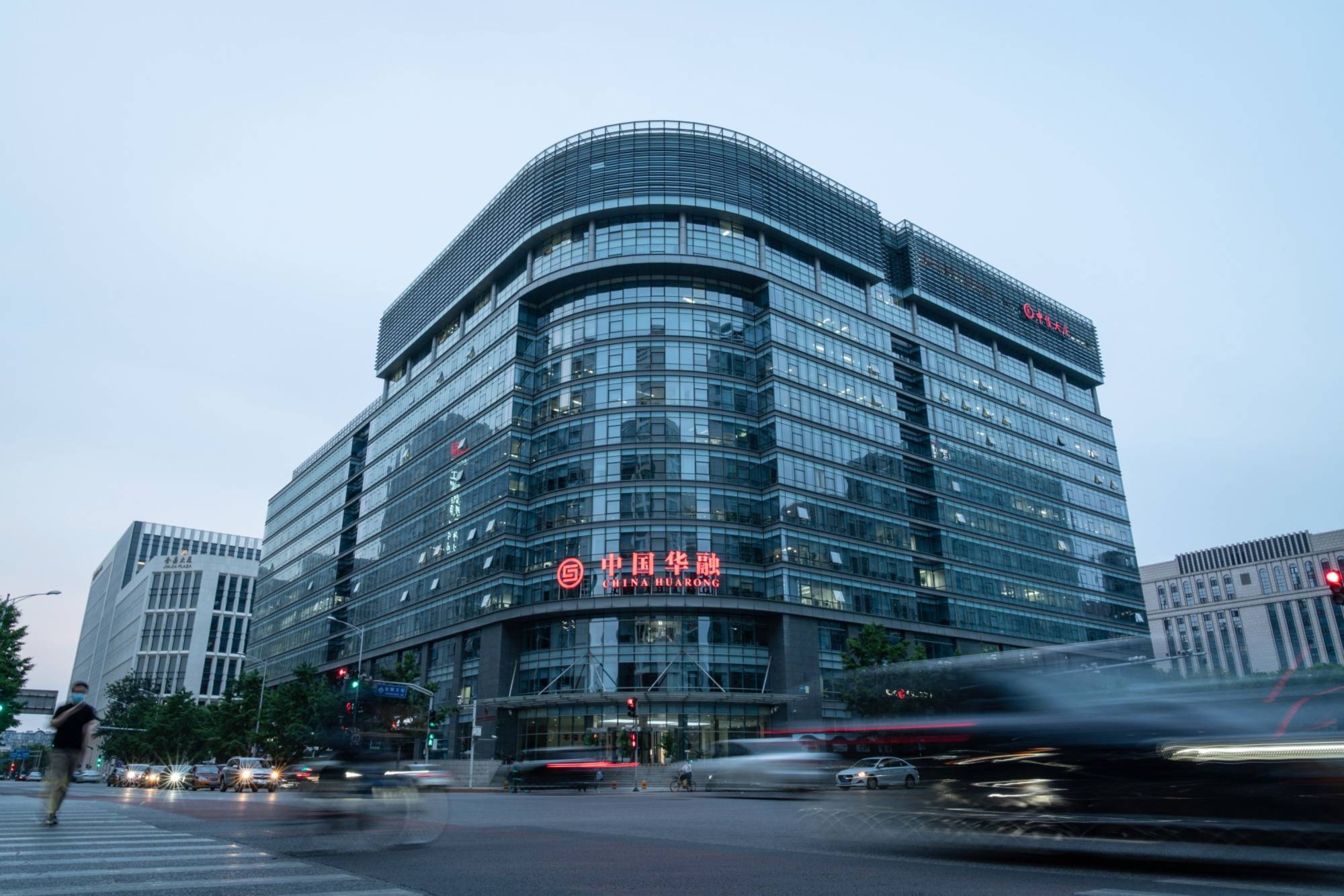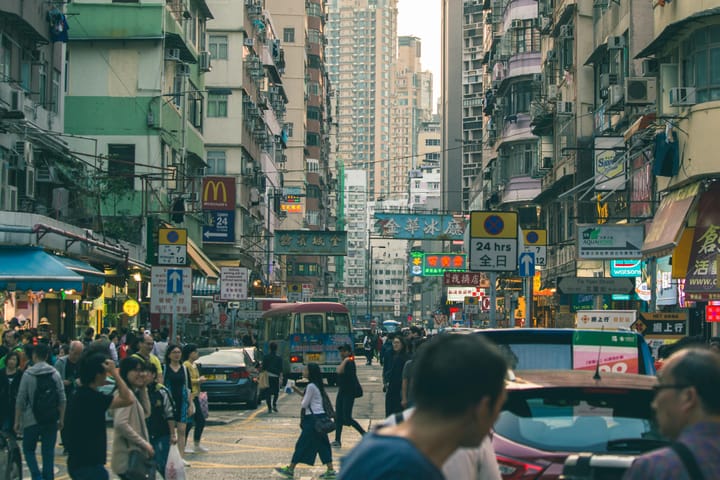Everything you need to know about China Huarong’s return after 9-month hiatus

A few minutes every morning is all you need.
Stay up to date on the world's Headlines and Human Stories. It's fun, it's factual, it's fluff-free.
In the end, state-owned companies including Citic Group Corp., China Insurance Investment Co. and China Life Asset Management Co., agreed to help Huarong out with a US$6.6 billion bailout, a bailout that would also shift the control of the company to Citic.
Who’s Huarong again?
- China Huarong Asset Management Co., or just Huarong, was all across news headlines, especially mid-last year, but it’s been a while since the company has been in the news.
- Just a recap, though: Huarong is a state-run distressed asset management company, and was at one point, the largest distressed asset management company in the country.
- In 1997, the Asian financial crisis left China’s banks and other state-owned enterprises (SOEs) teetering on the edge of bankruptcy.
- So Huarong was created and came along and offered to help clean up the companies’ books and take on their debts.
- Instead of reselling debt or liquidating businesses, Huarong actually converted a lot of the debt it helped finance into equity in these state-owned companies. And during China’s economic rise and financial help from the Chinese government for many of these companies, Huarong also performed well.
- Today, the company is estimated to have direct stakes in hundreds of Chinese companies and indirect ownership in tens of thousands.
What happened to Huarong?
- Well, behind closed doors, Lai Xiaomin, the former chairman of the company, took almost 1.8 billion yuan (US$277 million) worth of bribes and also confessed to being involved in other corruption and bigamy over a decade.

- In the end, Lai was executed for his crimes, and the company had to figure out a way to clean up all the mess created during this time.
- Some of Huarong’s formerly well-performing companies in its portfolio, such as HNA Group and Dandong Port Group, also went bankrupt during the pandemic.
- And, in April of last year, the company didn’t provide its financial results for 2020, sparking a huge selloff with investors scared that it was about to go bankrupt. Huarong was then pulled from markets for trading.
- After Huarong could not provide financial records for most of 2021, the company finally released their 2020 financial summary in August, which revealed a 102.9 billion yuan (US$15.9 billion) loss for 2020.
- In the end, state-owned companies including Citic Group Corp., China Insurance Investment Co. and China Life Asset Management Co., agreed to help Huarong out with a US$6.6 billion bailout, a bailout that would also shift the control of the company to Citic.
Is Huarong back now?
- By December, Huarong had completed its recapitalization led these state-owned firms.
- The company also reported a profit of 1.62 billion yuan (US$255 million) in the first half of 2021.
- With this 42 billion yuan (US$6.6 billion) rescue from the Chinese government, a new chairman Liang Qiang (a former deputy Communist Party chief and executive director at China Great Wall Asset Management) and a rebound in its earnings – Huarong has reportedly taken steps to turn things around.
- According to the company late on Tuesday, it has worked to go back to doing what it originally set out to do, simplify its structure, reduce capital consumption and increase returns.
- The company’s now two largest state-backed shareholders, Citic and China Insurance, also expressed their optimism about the company moving forward.
- With that, the company’s Hong Kong shares started trading again after a nine-month hiatus.
How did their first day of trading after their hiatus go?

- Not well. On Wednesday, its share price slid from HK$1.02 (US$0.13) to as low as HK$0.46 (US$0.0590), which marked the lowest price since Huarong was listed back in 2015.
- Even though Huarong’s stock value plummeted on the day of its return, some analysts said that this was to be expected.
- Stanley Chan, an analyst at Emperor Securities, said, “Huarong’s performance was expected given the stock was suspended for a long time. The worst is over and the stock price needs time to go into an uptrend as investors need to evaluate its future developments, which are still unclear at present.”
- In response to this price drop, Huarong’s management said that the recent capital injections by investors would give the company a new lease of life.
- Investors with their replenished capital have “laid the ground for sustainable and healthy growth," Vice President Wang Wenjie said in a speech that was posted on Huarong’s website. “The company has the ability, and condition, to generate returns for our shareholders."
- The company also repeated itself, saying that it would focus on its core business moving forward and look for synergies with its investors on Wednesday.
What’s next?
- Huarong has released a financial summary for the first half of 2021, with the company indicating a small profit.
- While there are currently no indications of when Huarong will release a financial statement for all of 2021, but all companies in China are required to have the information available by April 30th.
- Huarong also laid out a rebuilding plan in the first half of the 2021 financial summary, which includes the company’s intentions to “[return] to the source and [focus] on the core business,” working with the China Banking and Insurance Regulatory Commission (CBIRC) who is providing a clear “development direction for the transformation of the distressed asset industry.”
- The group also specified that in “In the second half of 2021, the Group will continue to follow the work arrangements of the Party Central Committee, the State Council and the Party Committee of the CBIRC, seize the trend and opportunities, actively implement the idea of ‘returning to the source and focusing on the core business’ … to provide liquidity to the existing assets, accelerate the transformation of business, strengthen the endogenous development momentum, promote the capital replenishment arrangement orderly and strive to achieve high quality and sustainable development.”

- With this, investors and critics will be keeping a close eye on the company to see if they meet their metrics by the time the complete financial summary is released.
You drive the stories at TMS. DM us which headline you want us to explain, or email us.




Comments ()